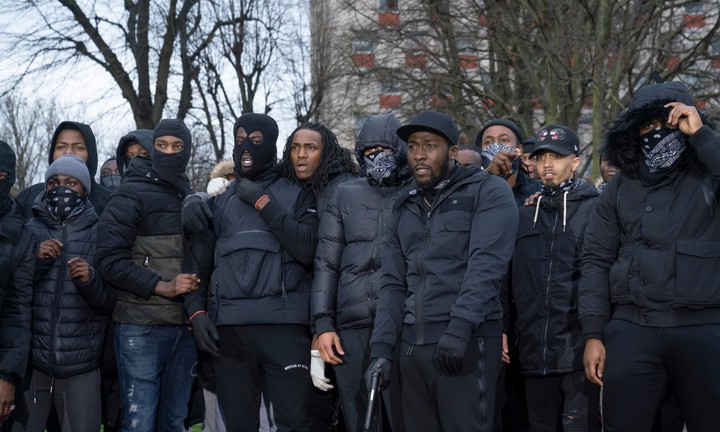London Gang
Introduction
This dataset is on co-offending individuals in a London-based inner-city street gang from 2005 to 2009. Data comes from anonymized police arrests and conviction data for confirmed members of the gang, and has been corroborated by individuals close to the gang. This data comprises an undirected network of consists of 54 nodes within a ‘Black street gang’ in London. The dataset codes for the birthplace of the individuals on a scale of 1-4, and the type of interaction that the individuals have had on a scale of 1-4. Birthplace is coded as: ‘1’ represents Western Africa, ‘2’ represents ‘Caribbean’, ‘3’ represents the ‘United Kingdom’, and 4 represents ‘East Africa’. Type of interaction between individuals have had are coded as: ‘1’ represents hanging out together, ‘2’ represents individuals co-offending together, ‘3’ representations co-offended together and committed a serious crime, and ‘4’ represents co-offended together and committed a serious crime while being kin.
Abstract
Although understood that gangs are commonly ethnically homogenous, it is less common that ethnicity is recognized as having a large impact on the structure and relative activity of gangs. The article, ‘Ethnic heterogeneity in the activity and structure of a Black street gang’ by Thomas Grund and James Densley, attempts to move past the broad categorization of Black street gangs to explain the importance of ethnic heterogeneity within the operations and organization of a gang. The data used was reconstructed from anonymized police arrest records for all gang members from 2005 to 2009 as obtained from the relevant Borough Operational Command Unit of London’s Metropolitan Police Service. Grund and Densley were able to substantiate official records with information provided from sources close to the gang, including the original curators of the data. Records included information regarding the gang members’ country of birth, profilers of the members’ illegal activities, and information relating to if two gang members had ever been arrested together for the same offense. Using social network analysis, the authors created a network of the gang members, many of which were also of the same community- allowing for the dynamic nature of gangs, in that gangs are not ‘bounded’ organizations. Although the authors were unable to predict future indiscretions as there are no ethnicity related specialization of crime, gang members are more likely to co-offend with members of the same ethnic group.
Code Book
| edge_class | is_bimodal | is_directed | is_dynamic | is_weighted | definition |
|---|---|---|---|---|---|
| Hang Out Together | FALSE | FALSE | FALSE | FALSE | Undirected valued relationship for actors who hang out together. |
| Co-Offend Together | FALSE | FALSE | FALSE | FALSE | Undirected valued relationship for actors who co-offend together. |
| Co-Offend Together, Serious Crime | FALSE | FALSE | FALSE | FALSE | Undirected valued relationship for actors who co-offend together and committed a serious crime. |
| Co-Offend Together, Seriour Crime, Kin | FALSE | FALSE | FALSE | FALSE | Undirected valued relationship for actors who co-offend together, committed a serious crime, and are kin. |
Sociogram
Get the Data
Tables
Nodes
Edges
Citation
Grund T, Densley J (2012). “Ethnic Heterogeneity in the Activity and Structure of a Black Street Gang.” European Journal of Criminology., 9, 388-406.
